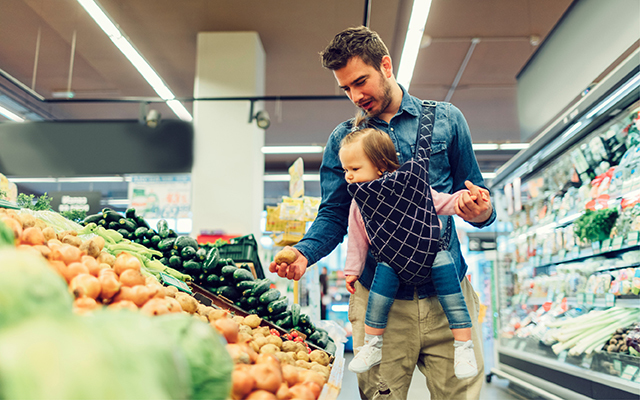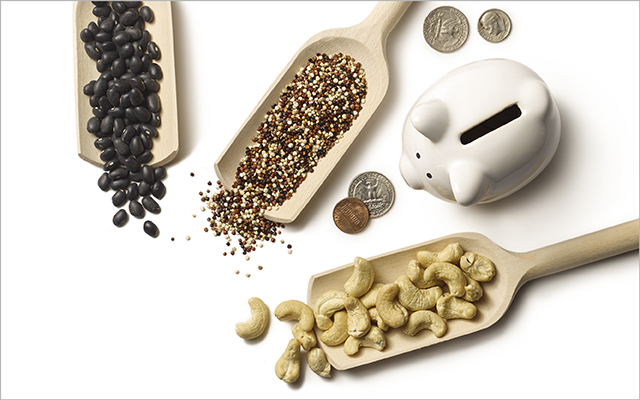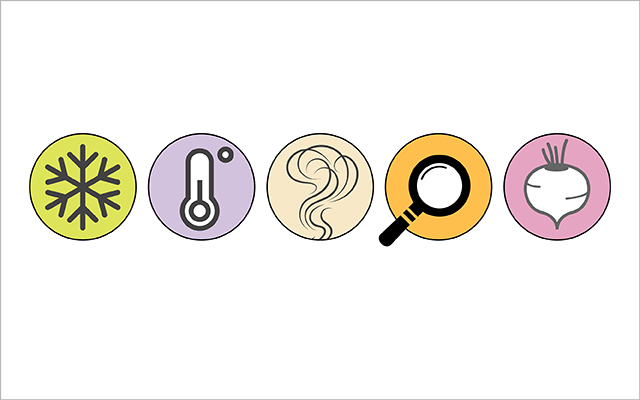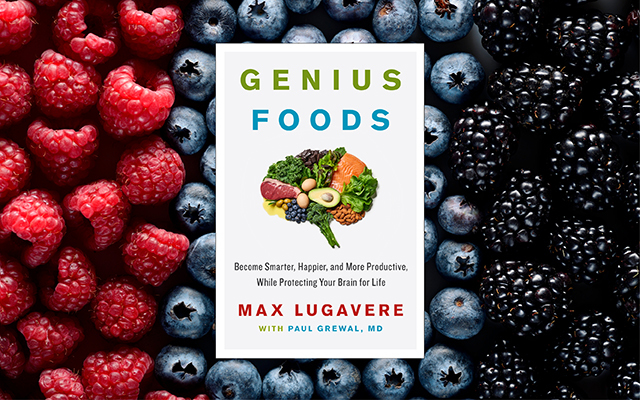The Environmental Working Group (EWG) recently released its 2023 “Dirty Dozen” and “Clean Fifteen” reports — catalogs of conventionally grown fruits and veggies with the highest and lowest amounts of pesticide residue. It’s been 30 years since a National Academy of Sciences study warned of the potential dangers of pesticide consumption by children, and yet nearly 75 percent of nonorganic produce still contains potentially harmful pesticide residue.
Strawberries topped the “Dirty Dozen” list for the seventh year in row. And this year’s study unveiled concerning chemical concentrations in blueberries and green beans, which supplanted celery and tomatoes in spots 11 and 12.
Almost 80 percent of blueberry samples contained two or more pesticides. The most concerning chemicals are organophosphates, which can damage human and animal nervous systems and be particularly harmful to children’s developing brains.
More than 70 percent of green beans tested had at least two pesticides, and the entire surveyed crop contained 84 different pesticides. One of the most notable substances was acephate, an insecticide that the Environmental Protection Agency ordered could not be used on green beans intended for human consumption over a decade ago.
“Everyone — adults and kids — should eat more fruits and vegetables, whether organic or not,” said Alexis Temkin, PhD, an EWG toxicologist. “But in the ongoing absence of meaningful federal oversight, consumers concerned about pesticide exposure can use EWG’s Shopper’s Guide to Pesticides in Produce to navigate the produce aisle in ways that work best for them and their families.”
Take control of what you put in your body with this year’s EWG “Dirty Dozen” and “Clean Fifteen” lists:
The Dirty Dozen: |
The Clean Fifteen: |
|
|
For a full list of where various fruits and veggies rank, visit the EWG website.





This Post Has 0 Comments